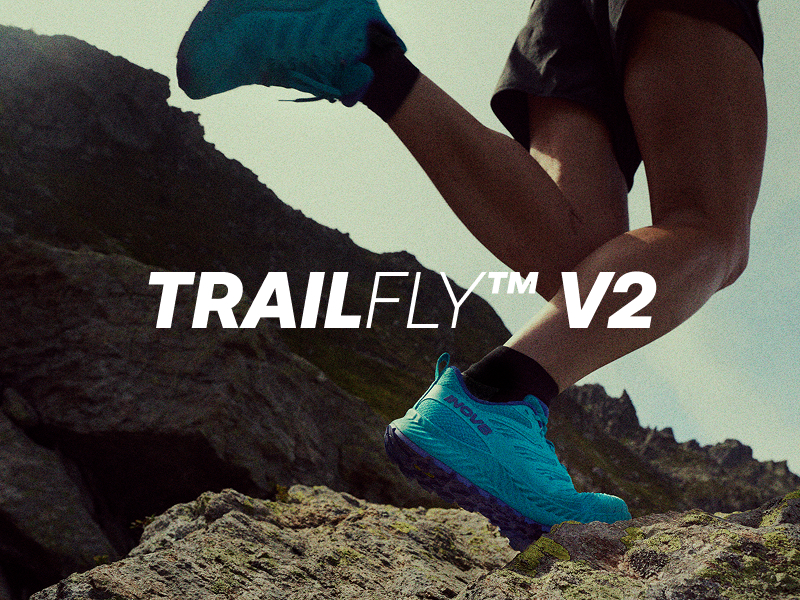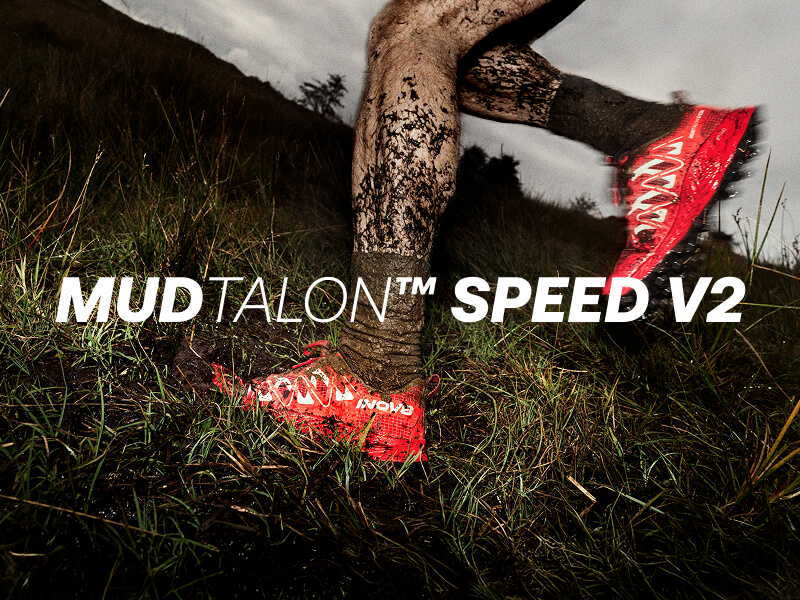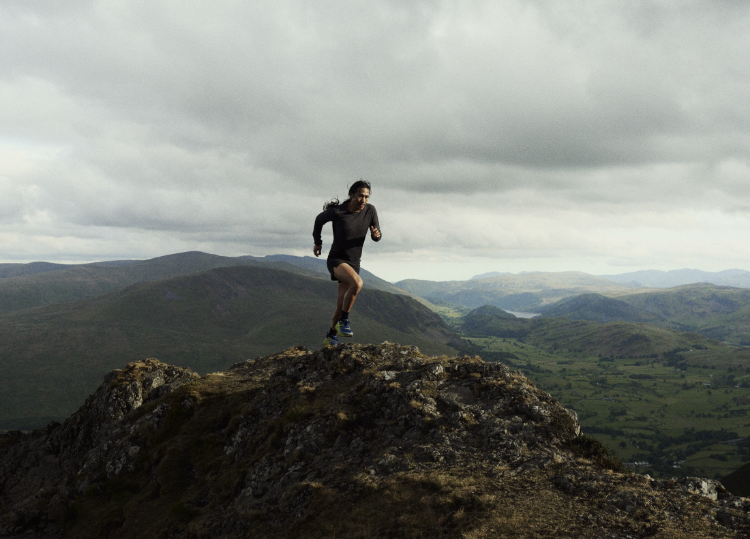
Let’s be real - uphill running hurts. A lot. It burns your legs, spikes your heart rate and can, on occasion, mess with your head.
But fear not. With adjustments to your running form and psyche – combined with lots of practice – you can start to crush the climbs, no matter how steep the gradient.
Forged in the rugged fells and mountains of the English Lake District, we have decades of experience within the team when it comes to running up hills. Here’s our top 10 tips – perfect for all ability levels and those tackling our Natural High Everest Challenge.
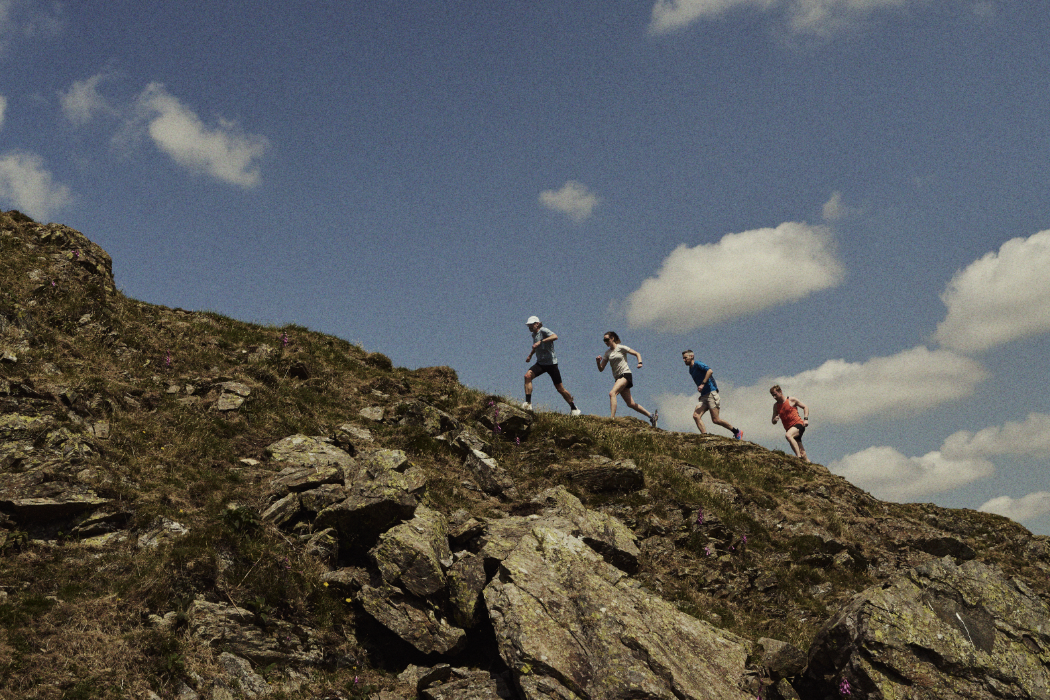
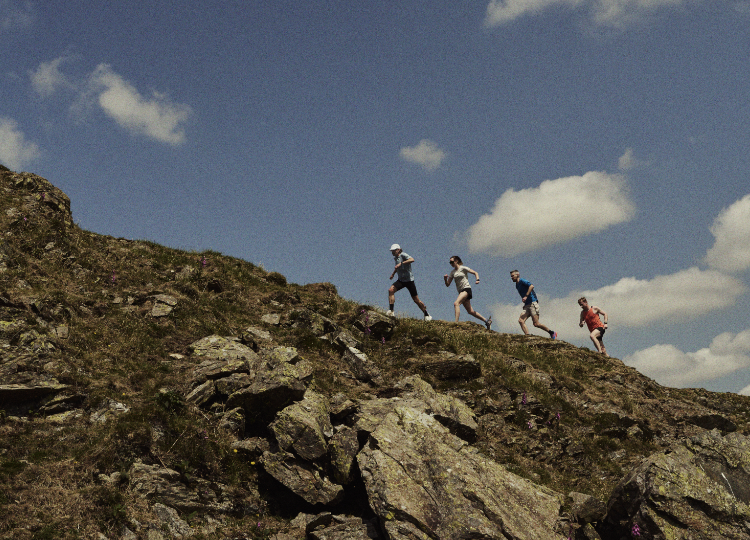
10 UPHILL RUNNING TIPS
1. Break up the hill into segments
Rather than looking at the full distance ahead of you, try breaking the ascent up into segments. The segments can be as short or long as you like, just make sure they are manageable.
Use markers such as trees or trail signs up ahead and tick them off as they pass. Don’t look ahead to the next segment until you’ve finished the one you are on. This is a tactic used by many top fell and mountain runners. Mentally it helps to make the ascent feel easier and achievable.
2. Shorten your stride
Try to focus on quick, light steps. To do this, shorten your stride, quicken your cadence, and think about pushing up through your toes. Smaller steps will help you drive up and forwards, rather than over-striding and having to lift your weight over your planted foot.
This helps you to tap into the natural elasticity of your legs, giving you more spring to propel upwards and to reduce the amount of muscular effort you need to use. By quickening the cadence your legs act like springs.
3. Don't forget to use your arms
With so much focus on your legs, it’s easy to forget the important role your arms can play in uphill running. Rather than just letting them do what they want, think about holding your elbows at 90 degrees and rhythmically swinging your arms to help propel your body forward and upward.
There’s no need to punch them forward in an exaggerated motion like a 100m track sprinter, but finding a swing rhythm that works with your cadence will bring balance and help with propulsion.
4. Head up and lean into the hill
Try not to look down at your feet when running uphill. Keep your head up high and lean ever so slightly into the hill. Looking down and allowing your body to hunch over too far makes it tougher to get oxygen in, which in turn makes the hill harder on your body and legs.
Leaning ever so slightly into the hill can help to make it feel more manageable – as if you are being pulled up it.
5. Focus on breathing
It sounds obvious, but when breathing becomes harder – as it always does when running uphill – try to stay calm and focus on controlling those inhales and exhales. Seek to find a rhythm to your breathing that works. If you’re heading too far into the red and there’s still lots of ascent left to tackle, ease your pace.
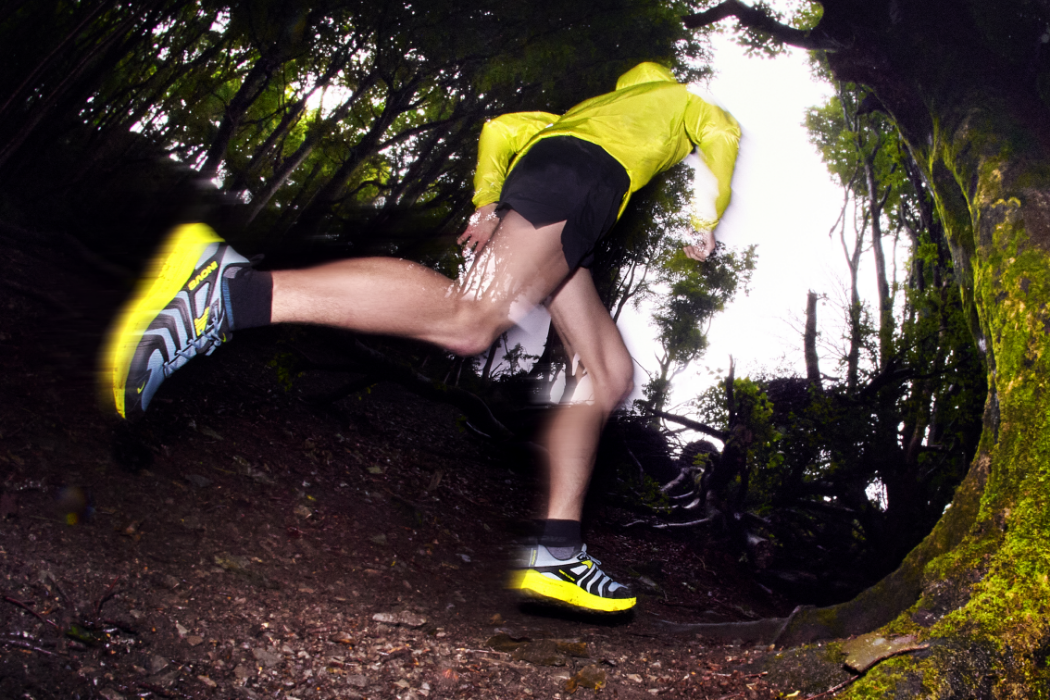
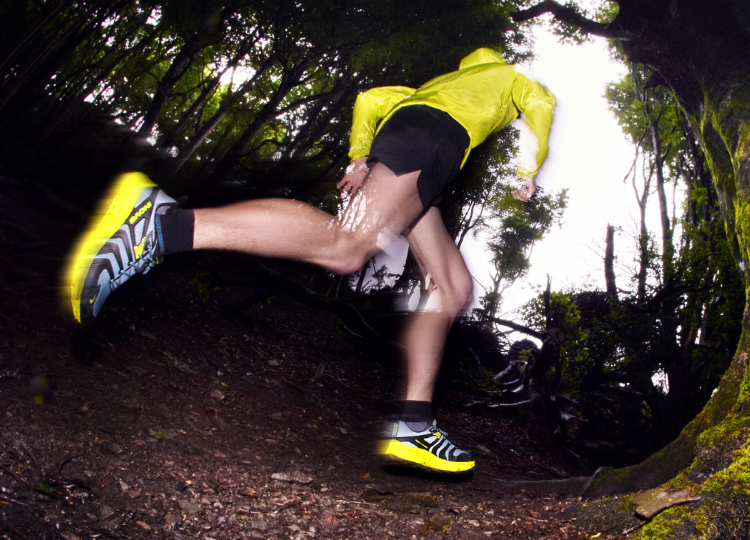
6. It's ok to walk
Don’t be afraid to walk. Sometimes it’s quicker to walk than run. When walking, place your hands just above your knees, push down towards the ground and drive forward with each stride. As you do this, lean your upper body forward.
If using poles, hold them lightly so you aren’t creating too much tension and wasted energy in the upper body. Try to avoid bending and pushing from the elbow, instead driving the movement from the shoulders which will ensure a much more efficient movement.
7. Mix it up
Practice using a combination of running and walking when going uphill. Try running for 20 strides or 20 seconds, then walking for 20 strides or 20 seconds, then repeat. It can break up the monotony of just running or walking.
Also, by giving yourself something to count (20 strides or 20 seconds), it can provide a mental distraction from the hurt.
8. Strengthen hill-specific muscles
Stronger glutes, hamstrings and calves will help power you up the hill. Spend time strengthening these muscles and feel the benefits when the climb kicks in. Check out these 8 bodyweight exercises to build leg strength – from squats to lunges, step-ups and more.
9. Take to the treadmill
While you can’t compare treadmill running directly to running on fells or mountains, it is a tool that can help prepare your body for the hills.
Many top runners now use the treadmill to help build hill strength – check out the numbers of videos on social media of athletes running or power-hiking up insanely steep treadmill gradients. For those who don’t live near hills, the treadmill might become your new best friend.
Explore more with these three treadmill hill workouts for runners.
10. On your bike
Cycling requires power from major muscle groups such as glutes, quads and calves. And yes, all these are essential for running too. Build up that strength by getting out on the bike and feel the benefit when running.
As running is also high impact, it takes its toll on your muscles, joints and bones, plus your stress and immune systems. The bike is low impact and can be a great way to support your training.
Read more about how cycling can make you a better runner.




